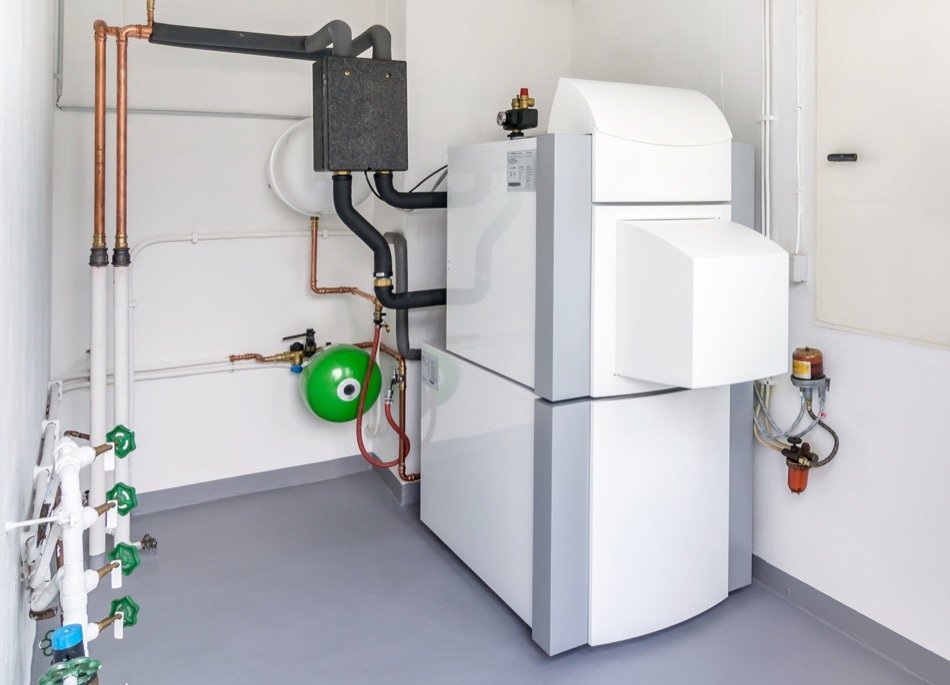How Sustainable Green Technology Is Integrating with Residential Construction
Posted by Justin Havre on Thursday, March 21st, 2019 at 1:35pm.
 Green technology has been noticeably absent in traditional construction in North America. This isn't to say that the technology isn't being utilized, but it also hasn't been adopted en masse the way environmentalists have hoped it would be. However, this is beginning to change as developers and construction companies alike see the benefits of using sustainable solutions. More and more homes are using smart home technology. See how Canadians have started to embrace the green movement, and what it means for the future of building.
Green technology has been noticeably absent in traditional construction in North America. This isn't to say that the technology isn't being utilized, but it also hasn't been adopted en masse the way environmentalists have hoped it would be. However, this is beginning to change as developers and construction companies alike see the benefits of using sustainable solutions. More and more homes are using smart home technology. See how Canadians have started to embrace the green movement, and what it means for the future of building.
New Heating Systems
Zero Carbon standards haven't been implemented in Canada yet, but Ontario is certainly beginning to set the right example. The development company known as The Cora Group has been busy finding technology that can be used to reduce the carbon footprint of their companies. They've already seen success in Ontario commercial buildings, but homeowners should know that their technology is equally viable in residential buildings as well.
To that end, they've chosen geoexchange technology to heat and cool their buildings. Rather than using oil or gas, the geothermal system relies on the stable temperature of the Earth's core to keep the building at a comfortable temperature. Because the core is about 60° F regardless of the time of year, a system of pumps can transport the energy into the building. Not only is this far easier on the environment, but it can also lower utility bills by up to 70%.
Solar panels may also be used in the future of Canadian home building as the technology improves. New solar panels need less direct sunlight to function, making them more functional in areas with heavy cloud coverage.
More Local Products
Outsourcing production is one way that development companies and investors save money on residential constructions. However, the energy it takes to transport the materials is a heavy price for the environment to pay. Local companies have responded by finding ways to emulate outside suppliers without drastically raising their prices. For example, it's possible to grow select bamboo species in Canada, so fewer materials need to be imported.
Construction companies are also looking to implement older technology with new methodology in an effort to use local products. For example, compressed bricks can be made from a mixture of Canadian soil and clay. And while water can quickly degrade these bricks, residential buildings can implement water run-off systems to protect the bricks and maintain the stability of the structure.
Harvesting Systems
Rainwater can be used for showering, watering the lawns, and even for drinking. New rainwater harvesting systems can be implemented in both urban and rural households. (Although it's worth noting that if a home contains asbestos or other toxic chemicals, then it may not be suitable for a retrofit.) Homeowners may actually see their water bills virtually eliminated with the help of these systems. And in addition to being environmentally friendly, rainwater is preferred to dam or river water according to the majority of rural residents.
Recycled Building Materials
There are few things more satisfying than turning a discarded item into a valuable good. Here are just a few ways residential buildings are introducing recycled materials:
- Bricks: The building blocks of homes can be made from any material that is durable enough to withstand potential threats. Old beer bottles can be layered together in a sustainable matrix, or animal blood and sand can be mixed together to create a new kind of brick.
- Flooring: Old tires can be used to make rubber flooring. Residential homes that want to protect against slips and falls can use rubber flooring in a nursery or bedroom to ensure that everyone has the traction they need to prevent injuries.
- Insulation: Old denim jeans can be shredded and turned into insulation for homeowners to lower the cost of utility bills.
Fewer Volatile Compounds
A volatile organic compound (VOC) is a toxic substance that can pollute the air in the home. And while limited exposure is usually harmless for most people, long-term exposure can cause chronic health problems or allergies. Found in everything from drying paint to the glue holding the wallpaper together, Canada has made a major push to discourage homeowners from using VOCs in the homes. Developers have taken note of these new guidelines as well. For example, glue or paint can now be made with natural ingredients (e.g., lime, milk, etc.)
Sustainable technology is still in its infancy in many ways. It will be adopted more in some provinces than others as the years roll by, but it's worth understanding where the general trends are pointing. For now, it seems that developers are definitely interested in cutting costs and protecting the environment even if they haven't implemented the technology in every project. New homes in River Heights will continue to be built with building tech and smart home technology in mind.
